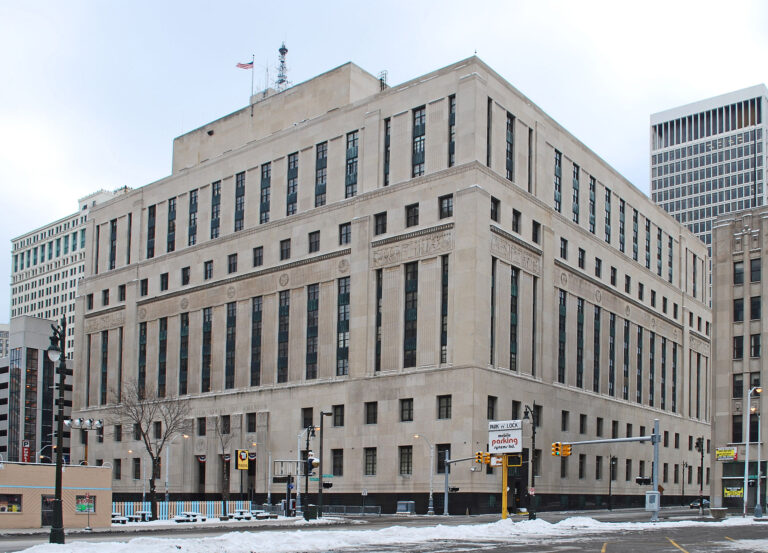Shu-Yi Oei is an Associate Professor of Law at Boston College Law School.
Diane Ring is a Professor of Law and The Dr. Thomas F. Carney Distinguished Scholar at Boston College Law School.
Shu-Yi Oei is an Associate Professor of Law at Boston College Law School. Diane Ring is a Professor of Law and The Dr. Thomas F. Carney Distinguished Scholar at Boston College Law School.
Tax reform is in the air. On Thursday, November 9, Senate Republicans released a Description of the Chairman’s Mark (prepared by the Joint Committee on Taxation (JCT)), which contains in substance the Senate version of proposed tax reform legislation. Among other things, that JCT description stated that the bill would clarify the treatment of many workers as independent contractors by providing a safe harbor that, if satisfied, would guarantee such treatment. But in the modification to the Chairman’s Mark released on November 14, that safe harbor provision was stricken from the Senate bill.
In a blog post on Taxprof Blog, we expressed concern about this worker classification clarification provision. In brief, our worry was that even though the legislation “clarifies” the treatment of workers as independent contractors and arguably simplifies some aspects of their tax compliance burdens, it also carries potentially important ramifications for broader fights over worker classification that are occurring in the labor and employment law area.
What was the worker classification safe harbor, why were we concerned about it, and could the proposed legislation be revived in the future?
The Independent Contractor Safe Harbor
The November 9 Senate proposal essentially tracked the contents of two proposed tax bills introduced by Congressman Tom Rice (R-S.C.) in the House and Senator John Thune (R-S.D.) in the Senate in October and July 2017, respectively. These bills were termed the “New Economy Works to Guarantee Independence and Growth Act of 2017” (or, alternatively, the “NEW GIG Act of 2017”).
In brief, that proposed legislation introduced a safe harbor “which, if satisfied, would ensure that the service provider (worker) would be treated as an independent contractor, not an employee, and the service recipient (customer) would not be treated as the employer.” However, as we described in our TaxProf blog post, the requirements to meet the safe harbor (which include a written contract between the parties agreeing to independent contractor status) are not difficult to meet. (See November 9 JCT-prepared Description pp. 155-57.)
Moreover, the legislation is not limited to the gig economy. Nothing in the proposed NEW GIG legislations or the JCT description limits the legislation to gig economy workers. Any worker who meets the safe harbor can end up being treated as an independent contractor for tax purposes.
The legislation also limits the IRS’s ability to reclassify service providers as employees (and service recipients/payors as employers) in cases where the parties try in good faith to comply with the safe harbor but fail. The legislation only allows the IRS to recharacterize the relationship as an employment relationship on a prospective basis.
The legislation did make some changes to the tax information reporting thresholds and provided for a limited amount of tax withholding on payments made to independent contractors. It establishes a $1,000 threshold for Form 1099-K reporting and raises the 1099-MISC threshold from $600 to $1,000. So in some respects, the proposed legislation arguably improves the lives of workers by clarifying their tax treatment, providing some peace of mind, calibrating information reporting thresholds, and solving some issues stemming from under-withholding. From a government perspective, the new (lower) Form 1099-K reporting threshold may increase the total reporting of worker income to the government.
Potential Non-Tax Implications of the Safe Harbor
Our concern was that this worker classification legislation was not just about tax. As those who have been following developments in the so-called gig economy know, battles over worker classification have been ongoing and have become particularly salient in the new economy. At stake are the rights of workers to collectively bargain and to overtime pay, minimum wage, child labor laws, and family and medical leave. There are also implications for the application of health and safety regulations and anti-discrimination laws.
As discussed in our TaxProf blog post, a potential risk of the proposed tax legislation is that “clarifying” the independent contractor status of workers for tax purposes through the introduction of an easy-to-meet safe harbor is a way to influence the worker classification battle in labor and employment law. A low threshold safe harbor in the tax law may serve to cement the acceptability of independent contractor classification for various legal purposes. Our worry is that tax “clarification” of independent contractor status is a strategic step designed to win this broader (non-tax) regulatory war over worker classification.
We recognize, of course, that determinations of independent contractor status in the tax arena are not binding on other areas of law. Nonetheless, there is a risk that a tax determination of independent contractor status through a “clarifying” safe harbor may influence worker classification determinations in other areas and tilt the direction of the worker classification debate in a way desired by the platform businesses, industry lobbyists and the legislation’s supporters.
We also recognize that it is no means the case that every worker desires employee classification. Some argue that employee classification comes with risks (for example, few jobs if hiring costs rise). There are also tax-related benefits to independent contractor classification, such as the ability to deduct certain business expenses above the line. However, we think that it is important for legislators and proponents to be transparent about the potential non-tax effects of this tax legislation, so that there can be a balanced and holistic analysis of the pros and cons of such a provision. Portraying the legislation as merely a tax “clarification” strikes us as potentially misleading given its broader impacts.
We worry, too, that technical tax scholars may fail to appreciate the risks on the labor and employment law side. As tax experts, we tend to focus on tax issues, such as simplification and less burdensome tax compliance for workers. But it is easy for tax experts to miss the employment law forest for the tax trees. A measure that may provide relief on the tax side may carry important risks for other worker protections, especially when that relief extends far beyond the gig economy.
What’s Next for this Proposed Legislation?
We do not know why the worker classification safe harbor was dropped from the Senate tax bill. However, the NEW GIG Acts remain proposed in both the House and Senate and the provisions could certainly come back to life. Tax and labor and employment law scholars should work across fields to monitor these types of proposed provisions, in order to appreciate the motivations and risks of tax reforms that appear designed solely to simplify and clarify.










Daily News & Commentary
Start your day with our roundup of the latest labor developments. See all
December 11
In today’s News and Commentary, Biden’s NLRB pick heads to Senate vote, DOL settles a farmworker lawsuit, and a federal judge blocks Albertsons-Kroger merger. Democrats have moved to expedite re-confirmation proceedings for NLRB Chair Lauren McFerran, which would grant her another five years on the Board. If the Democrats succeed in finding 50 Senate votes […]
December 10
In today’s News and Commentary, advocacy groups lay out demands for Lori Chavez-DeRemer at DOL, a German union leader calls for ending the country’s debt brake, Teamsters give Amazon a deadline to agree to bargaining dates, and graduates of coding bootcamps face a labor market reshaped by the rise of AI. Worker advocacy groups have […]
December 9
Teamsters file charges against Costco; a sanitation contractor is fined child labor law violations, and workers give VW an ultimatum ahead of the latest negotiation attempts
December 8
Massachusetts rideshare drivers prepare to unionize; Starbucks and Nestlé supply chains use child labor, report says.
December 6
In today’s news and commentary, DOL attempts to abolish subminimum wage for workers with disabilities, AFGE reaches remote work agreement with SSA, and George Washington University resident doctors vote to strike. This week, the Department of Labor proposed a rule to abolish the Fair Labor Standards Act’s Section 14(c) program, which allows employers to pay […]
December 4
South Korea’s largest labor union began a general strike calling for the President’s removal, a Wisconsin judge reinstated bargaining rights for the state’s public sector workers, and the NLRB issued another ruling against Starbucks for anti-union practices.